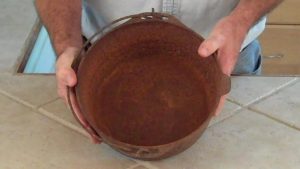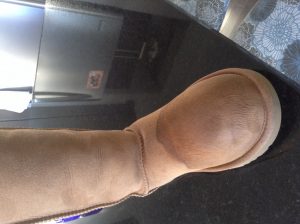I can’t say that the cold season creates the same enjoyable moments on the inside as it does outside. This is because it is still lingering around our gorgeous locations, killing those nasty viruses and blessing us with enchanting snow. Yes, we might delight ourselves with a mug of mulled wine or cocoa in front of the fireplace (if any), but there is a small and smelly thing that happens in our homes during winter: black mold.
The low temperatures outside create a phenomenon called condensation on our windows, which runs down the windowsill. Moist and damp environments favor the growth of mold and mildew, unless dampness and condensation are removed promptly. If mildew grows on your windowsill, you should remove it A.S.A.P. otherwise it will spread rapidly and will be even more difficult to remove, especially if you have wooden windowsills. You need to insist on cleaning wood occasionally because it can be a bit porous. Otherwise, mold may grow on it.
#1st Mildew Removal Method:

🛒 Supplies Needed:
-
1-gallon warm water
-
1-cup borax
-
Long-handled spoon
-
Cloth
🧽 How To Use:
Fill a bucket with 1 gallon of warm water. Add 1-cup borax to the water and mix thoroughly with a long-handled spoon. Saturate a clean cloth in the mixture and wring out the excess liquid. Use the damp cloth to clean the windowsill.
#2nd Mildew Removal Method

🛒 Supplies Needed:
-
Spray bottle
-
White vinegar
-
1 cup of oxygen bleach
-
1 gallon of water
🧴 How To Use:
In a clean spray bottle, mix 1 cup oxygen bleach with 1 gallon of water and spray the mildewed window sill with the mixture. Let it sit for 10 minutes. Dampen a clean cloth in cool water and wipe off mildew. Fill another empty spray bottle with undiluted white vinegar. Spray over the windowsill and let it work for 10 minutes. Finally, use a damp cloth to wipe the area.
!!! There is no harm, discoloration, or degradation to surfaces caused by vinegar or oxygen bleach.










